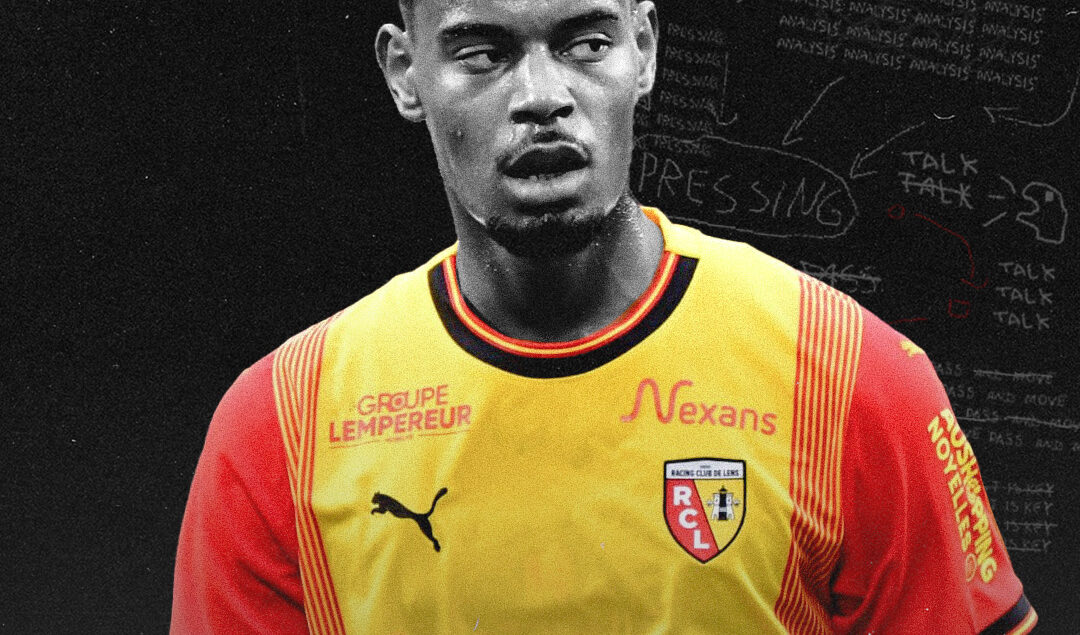Football, But Make It Vibes
When Identity Becomes a Product
There was a time when a football club’s identity came from what happened on the pitch. Now? It often feels like it’s crafted in a boardroom, signed off by a creative agency, and rolled out in 4K. Sure, tactics still matter. But increasingly, we’re watching curated projects, not football teams compete in what often feels more like a brand expo than a league.
It’s not just about results. It’s about the aesthetic, the tone, the curated presence. Clubs are leaning into the idea that style is substance, and in many ways, the game itself has started to feel secondary. Every press conference, kit drop, or training session recap is an opportunity to build the story, not the squad.
The Rise of the Brand-First Football Club
You’re not just supporting a club anymore. You’re buying into a moodboard. A vision statement. A trailer for something that might never be finished. Football, but make it vibes.
Clubs now sign 19-year-old wingers with raw pace and 40,000 followers. They’ve got flicks, future potential, and soundtrack-ready highlight reels. Not quite ready to start but perfect for the training kit promo. Development isn’t just a goal anymore. It’s a feature. Potential is the performance.
Meanwhile, results slip quietly down the priority list. As long as it feels like progress, it doesn’t really have to be progress.
And for fans, that can be enough. Hope is renewable. As long as there’s the sense of building something, even if what’s being built is mostly content, it keeps the crowd onside.
The Language of Illusion
None of this is entirely new. Football’s always had its fair share of promise merchants and myth makers. But what’s changed is the smoothness of the sell-and our comfort with buying it.
Tactics talk has morphed into tech jargon. Verticality. Automatisms. Phase manipulation. It sounds smart because it is smart-but it’s also a perfect smoke screen. When there’s no clear plan, a high-concept explanation buys time. Maybe that’s the real tactic.
Football discussion has migrated to a strange in-between world: part academic seminar, part marketing pitch. The language isn’t wrong, it just distracts from the basics. Are they pressing well? Can they defend a lead? Do they win?
Content Over Competence
At some point, a locker room mood reel became more important than a tactical brief. Clubs market identity like it’s a Netflix series. And if the trailer’s good, you stick around.
A manager who looks sharp, speaks in clipped philosophy, and knows his angles? He gets a longer leash. Not for results, but for brand consistency. He gets whatever “it” is.
It’s the same with signings. You don’t need a proven midfielder, you need a “statement.” Someone who fits the message. Someone who looks like part of the vision. Someone who’ll photograph well in front of the stadium mural.
The Storytelling Strategy
Look closely at how identity is crafted off the pitch. A striking example is Mission Uncrossable, a narrative-driven game that blends myth-making with decision-making and risk. Players must navigate a series of escalating challenges, deciding when to push forward or when to cash out. It’s a story you experience just by reading.
Football clubs are beginning to mirror this strategy. Just like in the game, they frame each stage of a season as part of an unfolding narrative, something immersive, emotional, and participatory. Mission Uncrossable doesn’t promise an easy path; it invites you to believe in your judgment, to chase momentum, and to live with the consequences. Sound familiar?
This parallel highlights where the sport is headed. It’s not just about winning, it’s about keeping people invested in the journey. Clubs sell belief the way games sell progression. You stay because of what might happen. The outcome becomes secondary to the story you’re part of.
Belief Without Substance
So what exactly are fans being asked to believe in? The vision? The process? The philosophy?
Sometimes, it’s hard to tell. But when the atmosphere’s right, when there’s just enough upward buzz-fans buy in. A promo clip, a heat map, a debut cameo, and we’re off again. We call it momentum. We call it character. Really, it’s narrative control.
Even disappointment is repackaged. A 1-0 loss becomes a lesson. A red card becomes a moment of passion. Progress is no longer measured by points but by perception.
The Cost of Aesthetic Obsession
But here’s the uncomfortable truth: football isn’t supposed to be a campaign. It’s supposed to be a contest. You can’t dribble past a league table. A tactical infographic doesn’t stop you from shipping three in the second half.
Underneath the filters and launch drops, you might find a mid-table squad with a slick media team and not much else.
And yet, it’s hard to look away. The illusion is comforting. The dream is well-produced. Until the cracks show.
What Comes Next?
Maybe this is just football now. Maybe the real innovation isn’t technical’s emotional. Sell people a feeling, and they’ll forgive the facts.
Or maybe there’s still space for a reset. Less myth, more meaning. Less packaging, more plan. A world where clubs are built to win first and brand second.
Until then, pass the vibes. Just don’t confuse them for points.
